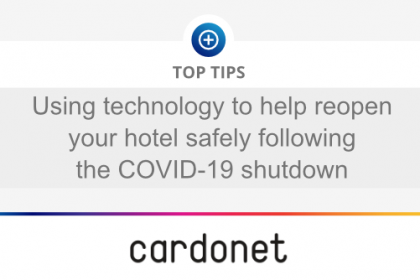
A list of 18 technology solutions that hotels around the world are adopting to reopen their doors following the Coronavirus pandemic.
We recognise that it is going to take some time to get back to 2019 levels of occupancy and RevPAR, but if it is important for you to get your hotel operational again and start generating revenue, then it is vital that you do so in a safe and considered way, in line with the latest government and industry guidance.
A essential part of that journey is to ensure that your team are confident that your hotel is safe and that you are doing all that you can to minimise their risk of exposure. How your team interacts with guests and their focus on customer service is potentially going to become even more important in the coming years.
With a confident, happy team, your next target is your all-important guests. Guest confidence will be key as you spread the word about all of the activities you are going to implement to keep your guests safe. That confidence will grow with effective communications, but that communication needs to be backed by actual and consistent effort, day after day. That will require you to work on and adapt your standard operating procedures and the corresponding training for your team.
The majority of that effort will revolve around cleaning and disinfecting activities, as well as social distancing and the reduction of touch points in your guest journey. As with all change, technology has a part to play, but it is important that you weigh up the value that technology brings versus the cost of that technology.
As an IT Services business that specialises in hotels and hospitality, we have run through the typical guest journey to look at areas where we could help you gain the confidence of both your team and your guests.
Some of the solutions we have seen are more realistic than others and we are planning the roll out of those that can be seen as ‘quick wins’. Undoubtably in time, more actions will be introduced to your guest journey, but after a time of little to no revenue, it would be difficult to make the business case for some of the more radical ideas that we have seen introduced elsewhere in the world.
We have tried to order this list in terms of practicality and impact, with the most likely to be adapted first, working through to the least likely. We recognise that the needs of a 5-star hotel would be very different to a 2-star, with a completely different guest journey and different considerations. That isn’t something that we have focussed on specifically, but it something that we are happy to talk you through.
Before we list the technology solutions that you could implement, it is worth considering that the main objective of all of these concepts is to avoid contamination by reducing touchpoints and to also reduce operating costs, all whilst providing a unique and seamless guest experience.
Here are a list of technology options we are going to discuss to help your hotel gear itself for reopening following your Covid-19 shutdown:
- Personal Accessories and Devices
- Contactless Payments
- Chat Apps
- Anti-bacterial Telephones
- Soft Phones to Replace Traditional Phones
- Digital Signage
- Virtual Tours
- Contactless and Automated Access Controls
- Anti-bacterial Door Handles
- Washroom Monitoring
- Paper Key Cards
- Infrared Thermometer and Thermal Screening Systems
- Flow Control Systems
- Hotel App
- Contactless and Voice Activated Hotel Lifts
- Indoor GPS location monitoring and tracking system
- Ultraviolet Cleaning Technology
- Hotel Robots
Personal Accessories and Devices
This is arguably the easiest solution to adopt and implement. The idea is to provide your staff with accessories that are not shared with other members of your team. That includes everything from keyboards and mice, to personal radios and tablets. That empowers each member of your team to keep their own devices and accessories clean, while reducing the chance of transmission amongst your team.
There are 2 types of keyboard and mouse options to choose from:
- Traditional keyboard and mouse: These are the usual wired or wireless keyboard and mouse set that come with your desktop PC.
- Anti-bacterial keyboard and mouse: These are exactly the same as a traditional keyboard and mouse set, except they are made with an antimicrobial layer which claims to kill 99.9% of germs. They are also available in both wired or wireless versions.
Arguably, an anti-bacterial keyboard and mouse could be shared between each member of your staff, however, for peace-of-mind and given the relatively low cost, it is advisable to provide each member of staff their own personal set.
The addition of personal radios or tablets for internal communications would help your team communicate with ease without the need to come in close contact with each other often. By minimising unecessary contact, your are also minimising risk.
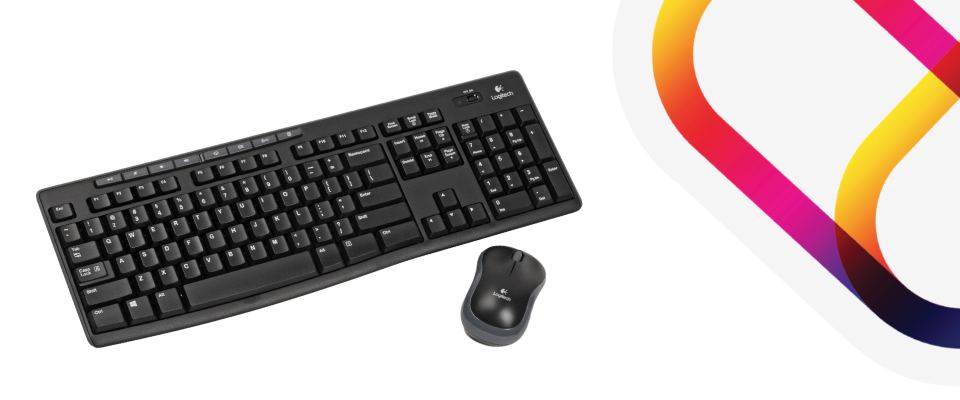
Contactless Payments
Contactless payments, such as Apple Pay, will most likely form part of official guidance and our everyday lives going forward, with banks having already increased the contactless limit to minimise the contact of card reading machines. Parking, food charges, or any additional charges will now have to be taken with a contactless payment reader. If you don’t already offer contactless payments at your hotel, now would be a time to introduce terminals that are capable of taking contactless payments.
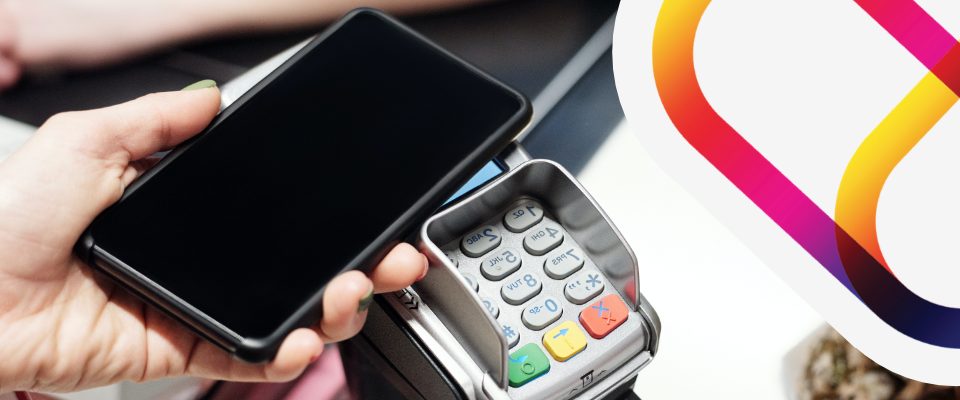
Chat Apps
Chat apps such as WhatsApp, Telegram, etc. all offer an excellent means to allow your guests to easily communicate with your reception. They avoid the use of communal or room phones, which reduces a touchpoint and which subsequently reduces risk. The platforms that will work best for your hotel are those that your guests have already adopted, so knowing your target market well will allow you to make the best choice of mobile communication solution for your use case.
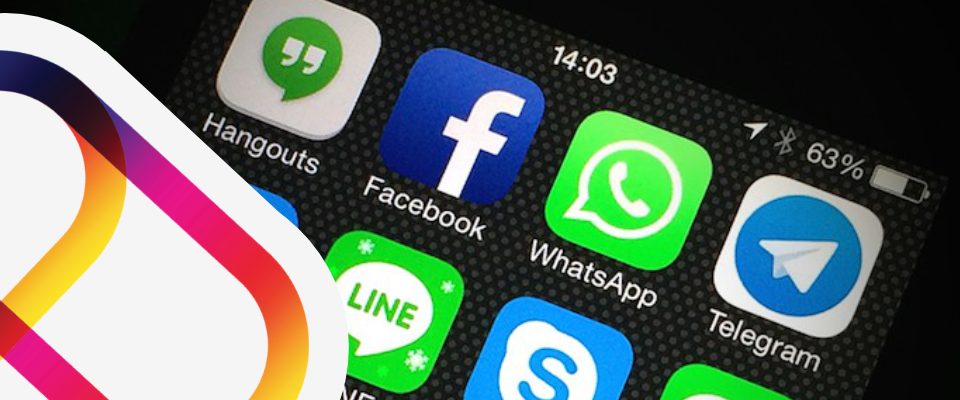
Anti-bacterial Telephones
A single telephone is a tool that various people can use, therefore making it a prime target for disease to spread. This is especially true of telephones that are used in communal or reception areas. The introduction of antibacterial telephones would help reduce the likelihood of virus spread. These are essentially telephones with an antibacterial coating.
If your telephones are guest facing, we would suggest the introduction of stickers to highlight the different type of phone and again instill some confidence that they are safer than your normal telephone.
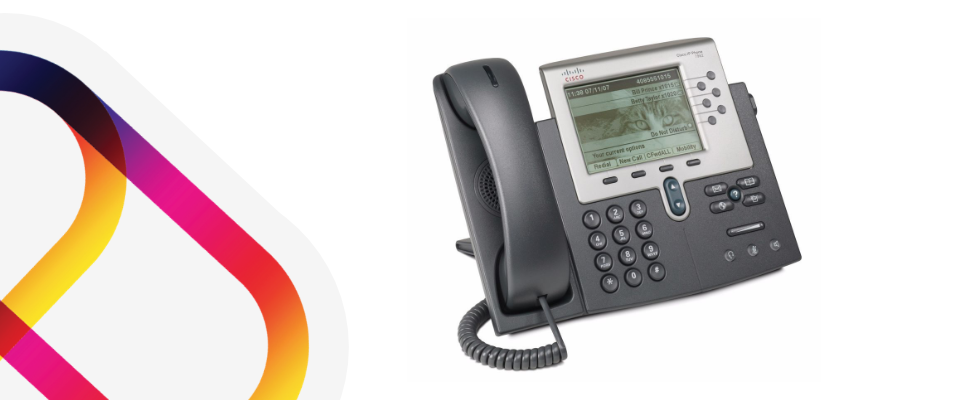
Soft Phones to replace Physical Phones
If your hotel telephone system allows it, you can give each member of staff a suitable device that will allow them to communicate via softphone instead of using a physical phone. That device would then be dedicated to each member of staff and would be their responsibility to clean as part of your adapted standard operating procedures. They could, of course, use their own device if both you and they were comfortable with that, perhaps limiting calls to internal users and extensions only.
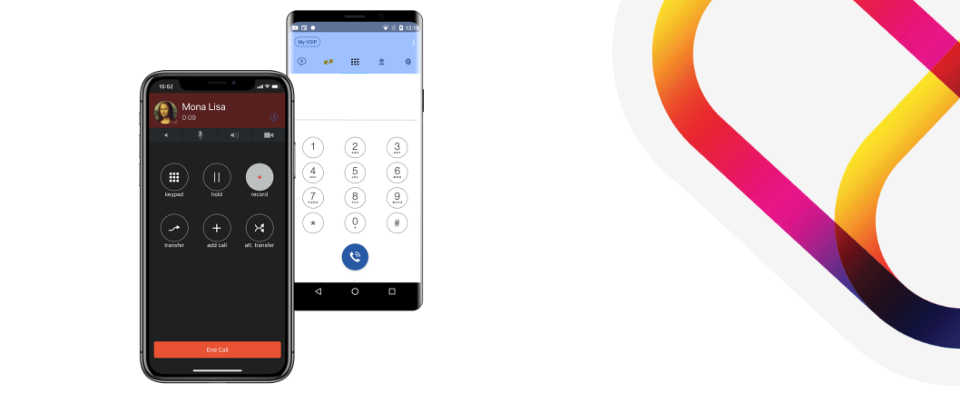
Digital Signage
Digital signage such as large screen TVs in public areas are important to highlight your actions to combat corona virus, while also reminding guests of their responsibilities.
Constant communication with your guests needs to be a top priority as a hotelier as you look to remind your guests of social distancing guidance and make them feel safe by displaying information on the various hygiene procedures your hotel has adopted. You then need to be seen to be acting on your messaging with virtually constant cleaning.
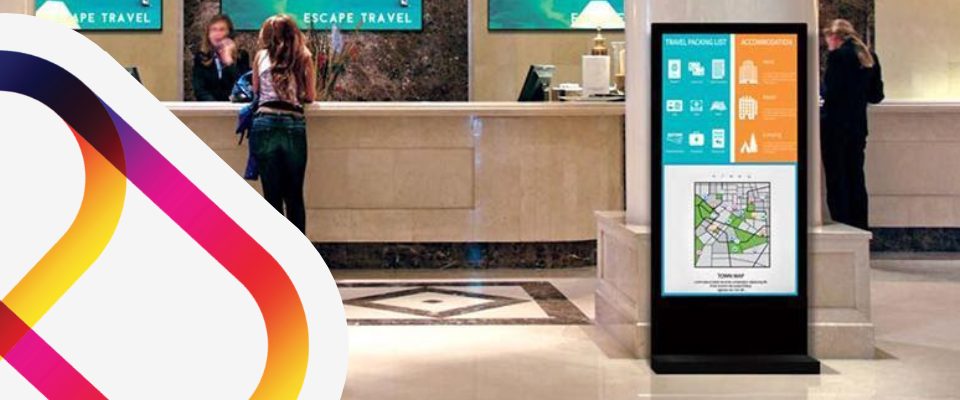
Virtual Tours
You can use virtual tours to show off your hotel and your facilities. Guests will then know what to expect and will be more likely to book with confidence based on that knowledge.
Virtual tours will allow you to differentiate yourself at a time when every booking is more vital than it ever has been. Virtual tours obviously work best if your hotel can be shown off well, with nice space, good natural light, good facilities and the like. Given that your guests will be interested in seeing what a clean and tidy hotel you have, they can be a useful tactic for all hotel types, from budget hotels all the way through to luxury hotels at the top end.
In addition, virtual tours can be used as part of your marketing effort to engage with your customers and increase bookings, both in the short, medium and long term. Virtual tours are definitely a way of standing out amongst your competitors at a time where they needed added reassurances to stay with you.
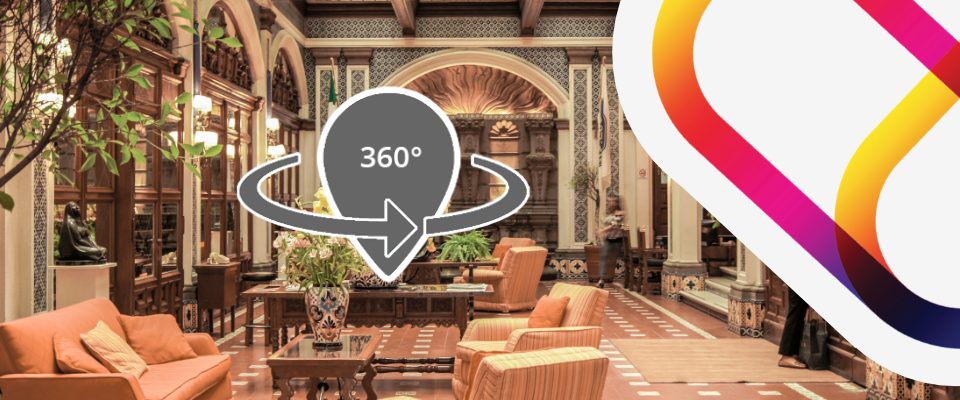
Contactless and Automated Access Controls
Contactless access points replace traditional ‘Press to Exit/Open’ buttons and are best used with automation to ensure that you don’t have to touch a door, especially in back of house areas. They completely take away the action of an individual needing to touch anything to open or close an entry way.
Contactless access points use infrared technology to activate the opening mechanism. All you need to do is wave your hand 3-5cm from the read head and the entry way will open. Since no contact with the device is involved, it doesn’t require intensive hygiene procedures.
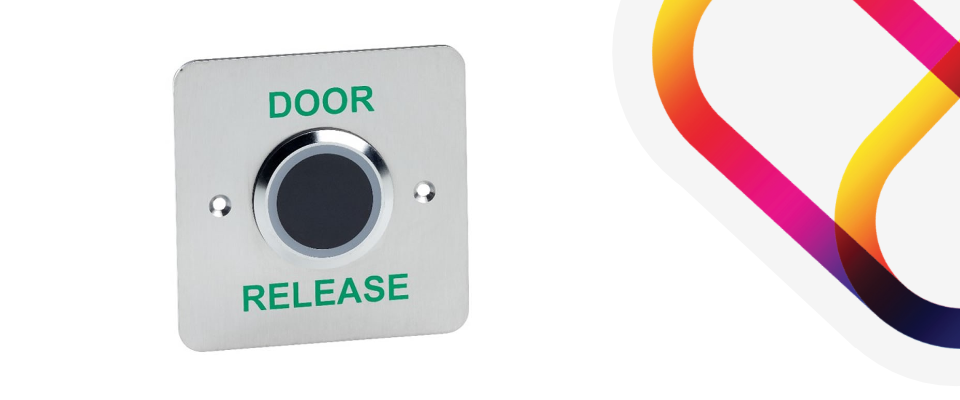
One step up from contactless access points are automated access controls. They provide access with a motorised door mechanism and a motion sensor. Automated access controls are a proven solution that has been around for a while and you will most likely have seen them in retail where they are typically used for access controls for shops.
Automated access controls provide a seamless and elegant way of allowing access to your hotel without the need for anyone to touch anything.
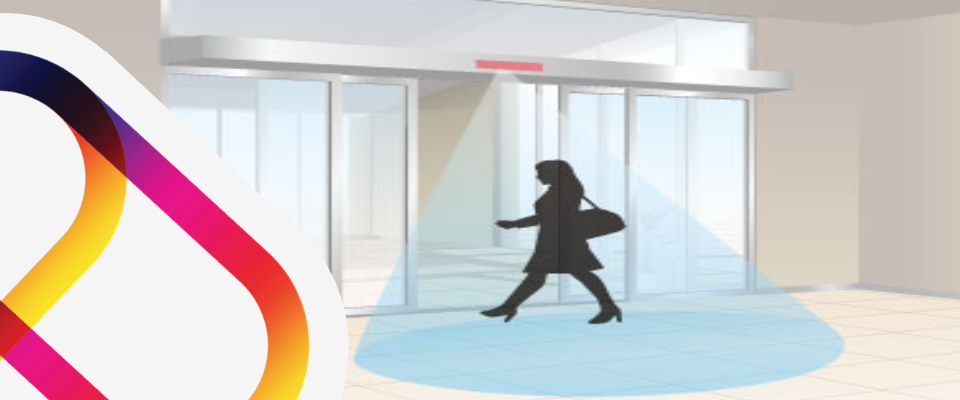
Anti-bacterial Door Handles and Push Plates
Anti-bacterial door handles and push plates are made of silver ion technology which is said to kill 99.9% of bacteria. They are ISO 22196:2011 accredited. ISO 22196:2011 specifies a method of evaluating the antibacterial activity of antibacterial-treated plastics, and other non-porous, surfaces of products. Antibacterial door handles are very practical and cost effective as they work as an add-on which clips on to your existing door handles.
This is a great solution, especially for back of house operations where your staff can be told about and see the value antibacterial door handles and push plates can bring by reducing the chance of infection.
With continually changing guests, it may be more challenging to communicate the benefits of your new antibacterial door handles and push plates to them, but that makes them no less effective.
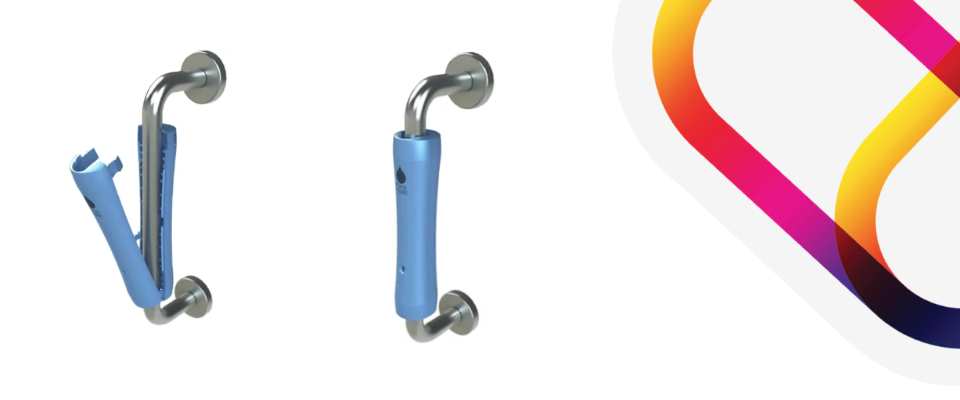
Washroom Monitoring
The objective of washroom monitoring is to keep a safe washroom capacity in your hotel by limiting the number of people that can enter your washroom at any one time.
It does so by using motion detection technology to count how many individuals enter and leave. If a safe capacity has been reached, the red ‘Occupied’ sign will light on. If there’s availability, a green ‘Vacant’ sign will light on.
You can go as far as barring access to the washroom until people have left or you could simply use the signage and trust that individuals will respect the signs. This is an automated system, which means that it doesn’t require the attention of your team to operate effectively.
For best use, this washroom monitoring solution is comprised of:
- Vacant/Occupied illuminated signs
- Motion detectors
- Motorised doors
- Contactless access points
- Anti-bacterial handles and/or push plates
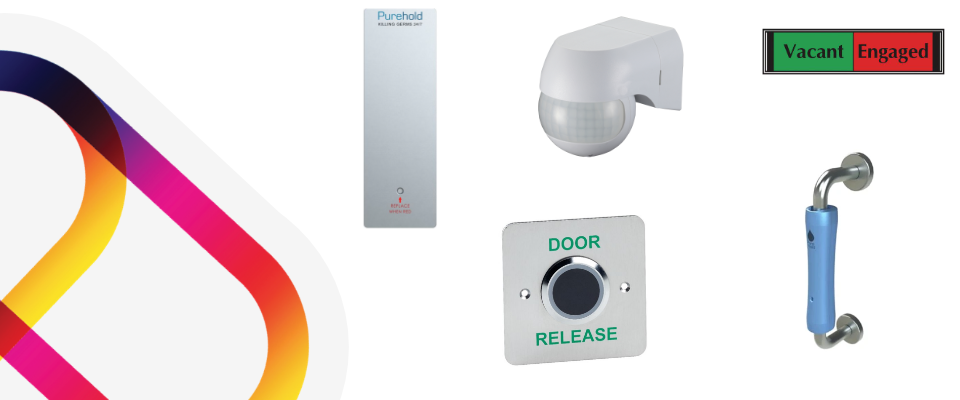
Paper Key Cards
Hotel paper key cards are a very low-cost solution that work for single-use room access. The paper key cards are covered in an anti-microbial coating which helps reduce the spread of germs and once your guest leaves your hotel, the cards are then disposed of.
These hotel paper key cards have the benefit of being considered environmentally friendly and would obviously make guests feel happier and more at ease compared to cards that have been used by others beforehand, even if thoroughly cleaned.
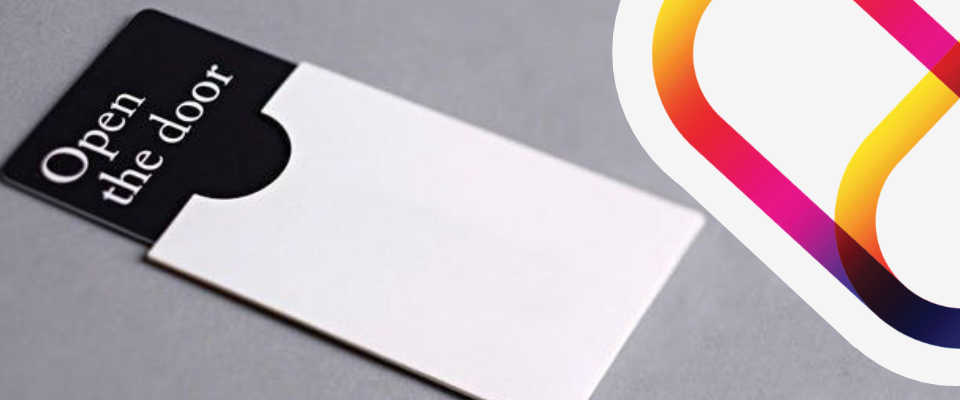
Infrared Thermometers and Thermal Screening Systems
Hotels in countries like the USA, China, Spain and Italy have already started rolling out infrared thermometers into their operations as part of new standard operating procedures. This follows temperature monitors being implemented in most airports around the world as a method of quickly and safely checking someone’s temperature.
The idea is for a member of your staff to be responsible for scanning both your team as they arrive every day and your guests’ forehead with the temperature monitor as they enter your hotel.
This is a relatively easy solution to implement and your guests will no doubt be very understanding and willing to take part, at least for a period of time. This also allows you to demostrate that you are being proactive in your hotel, which in itself can be reassuring.
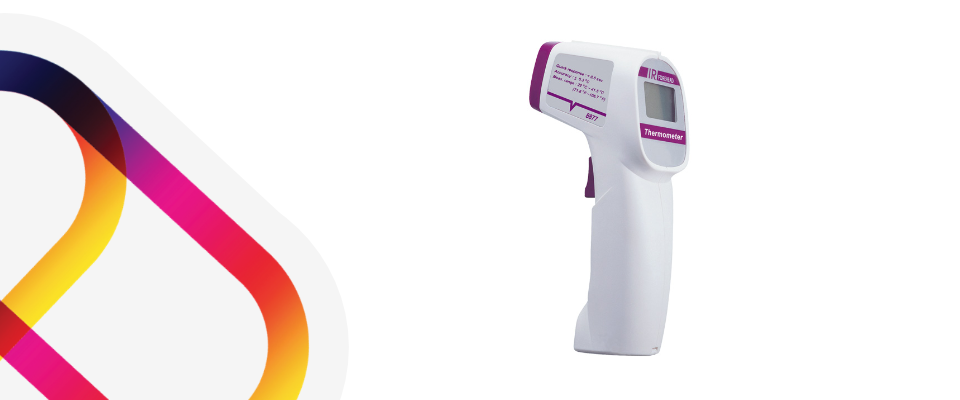
Thermal screening systems are a step up from infrared thermometers. They are made up of thermal imaging cameras and AI software which highlights when an individual entering your hotel has a high temperature. These thermal screening systems are typically used to scan a large number of people quickly, which enables a broader view and the possibility of identifying those with elevated temperatures more proactively.
These thermal screening systems can be implemented as a means of screening before a person enters your premises. Though thermal screening systems can be perceived as invasive, they could prove invaluable in helping you to quickly manage larger numbers of people with more ease, such as those in lobby areas.
You will need to train your team how to delicately approach anyone with an elevated temperature and you will need to agree on messaging and rules beforehand, but most of your guests and your team would be understanding given the current environment.
All of this being said, there is still the issue of asymptomatic individuals who are just carriers of the virus and show no outwards signs of infection. Thermal imaging and infrared solutions are advantageous, though not perfect by any means, and can be used to mitigate at least the most known issues with those who may be infected.
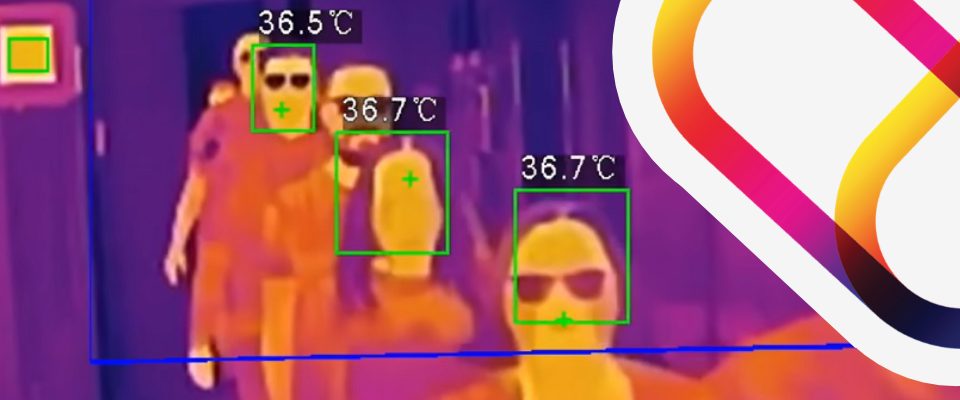
Flow Control Systems
Flow control systems effectively count people in various parts of your hotel using cameras and software and then advise when a room is safe to enter. They are an effective solution for helping you enforce social distancing in communal areas of your hotel.
These flow control systems are comprised of a camera, people counting software and a screen to track the movement of people within your hotel. Screens are used at key points to show your team and guests when there is availability to enter a room.
Flow control systems can handle multiple entry and exit points and can help you manage the flow of people within your hotel without exposing or taking any of your team’s time.
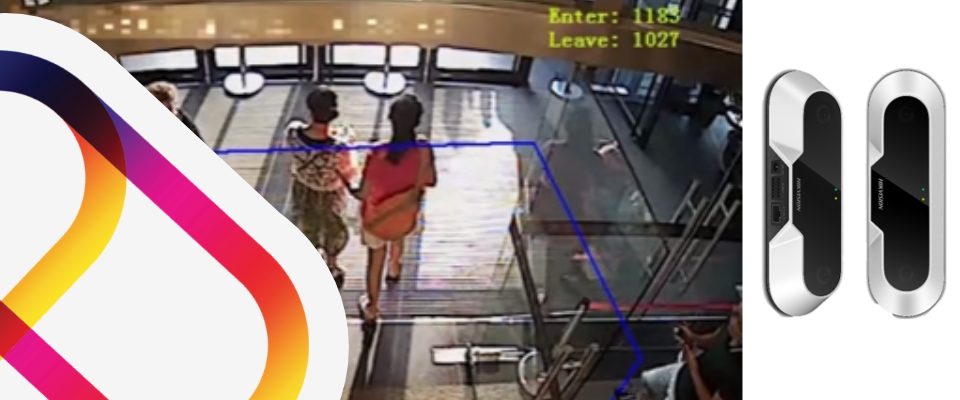
Hotel App
Many hotels already have apps and there has been a push to use them to enhance the guest experience in the past, but some guests have been reluctant to download and use apps for short stays.
This global epidemic may be the catalyst that pushes the use of apps by hotel guests forward as if integrated properly with your hotel systems, such as your PMS, access controls and building management systems, they would vastly reduce the number of touchpoints for guests within your hotel.
A well designed, well integrated and well implemented hotel app could offer you the following:
- Self-check-in & check-out: by using the app the guest can check in or out, just as you do when you take a flight and use an electronic boarding pass.
- Digital menus and ordering: for hotels that offer room service, the app provides guests with a digital menu and a possibility of ordering via the app.
- Receiving payments: the app could also work as a way to receive payments via Google Pay or Apple Pay.
- Communal area bookings: for facilities such as gyms or spas, the app could offer the possibility of a booking system which tells guests when there is availability.
- Concierge service: the app could offer a concierge service which would help your hotel guests communicate with reception easily.
- Lift access: this app could also work as way to grant guests access to the right floors for your guests by scanning a QR code on the app. That would make the lift experience a contactless one.
The challenge is to ensure that your app is well thought out, that it integrates with your existing hotel technology stack and that it works as designed. If it doesn’t work for any reason, that will cause frustration and could potentially impact your guest experience and your reputation.
There are a number of commercial apps available that you can brand and integrate. Those obviously have a roadmap for development, offer a number of pre-existing integrations and may be a better avenue to explore, especially if speed is of the essence.
There are also individual commercial solutions such as the use of existing message services for guest to hotel communications, as described prebiously. You could use Whatsapp, for example, for room service and the like.
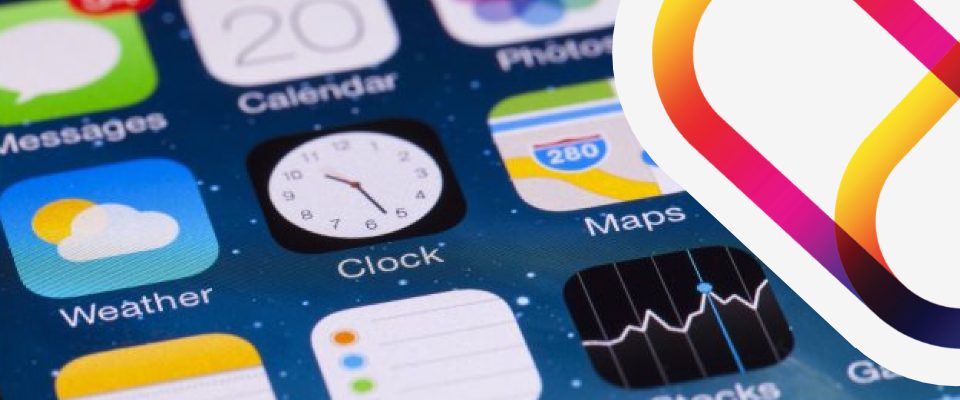
Contactless and Voice Activated Hotel Lifts
Lift buttons are something various people touch and, as such, they are a prime location for germs to spread within your hotel. Lifts are a key area that you will need to clean on a regular basis, but it is possible to retrofit your lifts with contactless buttons or voice activation software to minimise the chance of cross infection between your guests.
Your challenge then becomes one of managing the process and ensuring that you don’t have groups of unrelated people travelling together in the small enclosed space of your hotel lifts.
That could be achieved by dedicated lifts to a single task at a time, rather than stopping on multiple floors as they normally do.
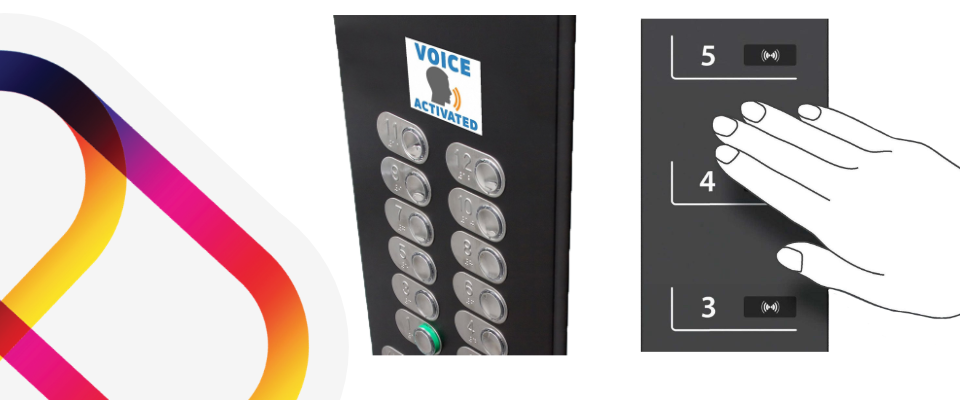
Indoor GPS Location Monitoring and Tracking System
An indoor GPS location monitoring and tracking system, as the name suggests, tracks and monitors individuals in your premises through the use of an app. It can alert your team to times where there are too many people within a certain area or highlight bottlenecks in the flow of guests and staff within your hotel.
This is an effective way of monitoring footfall and capacity, however, GPS location monitoring and tracking can come across as an intrusive surveillance system and could raise privacy concerns with your guests.
To be effective, you would need to ensure that everyone was signed up to the activity and was happy to be monitored whilst within your hotel.
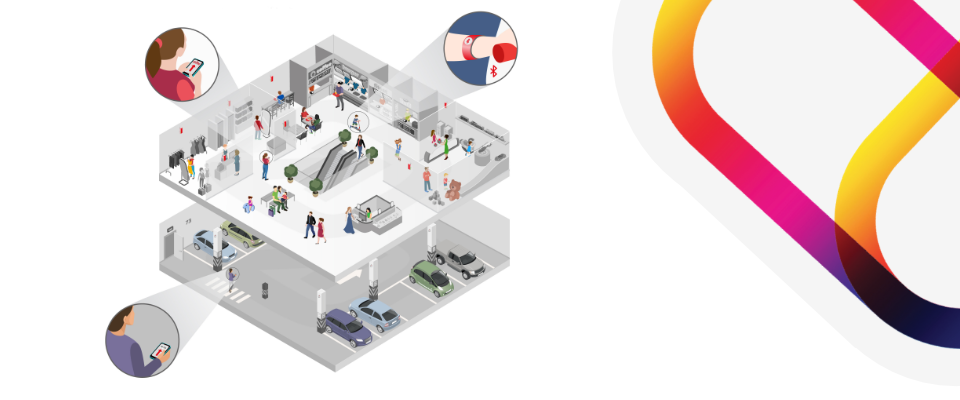
Ultraviolet Cleaning Technology
Ultraviolet C light is seen as a solution that can be used to kill viruses and germs. It is a lethal light which can cause sunburn and skin-cell mutation in humans.
This sort of Ultraviolet cleaning technology is already being used in hospital operating rooms to rid them of pathogens and Boeing is designing a prototype for a self-cleaning airplane washroom that uses UV light to disinfect every surface after each use, but that is some time away from commercial introduction.
Ultraviolet cleaning technology is a solution that isn’t very adaptable for hotel use and it is yet to be fully proven to be useful in the fight against COVID-19. Tests continue to be carried out, with some suggesting that untraviolet lights would be useful to disinfect lifts after each use.
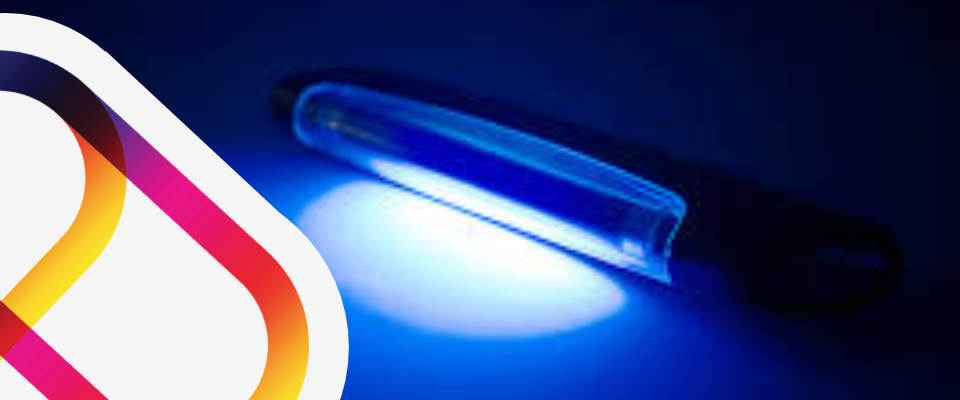
Hotel Service Robots
Hotel service robots have been around for a while and they have largely been seen as a gimmicky interaction for your hotel guests. They have been seen as a differentiator and something that marketing and PR love. They are mostly used for small tasks, like bringing snacks or bottles of champagne to a guest in their room, but as their capability has improved, they are now being adapted to take over the ‘room service’ function.
Some hotels in Asia and the US are actively using them, but they still seem gimmicky and hard to incorporate without a lot of human intervention, especially if you have lifts.
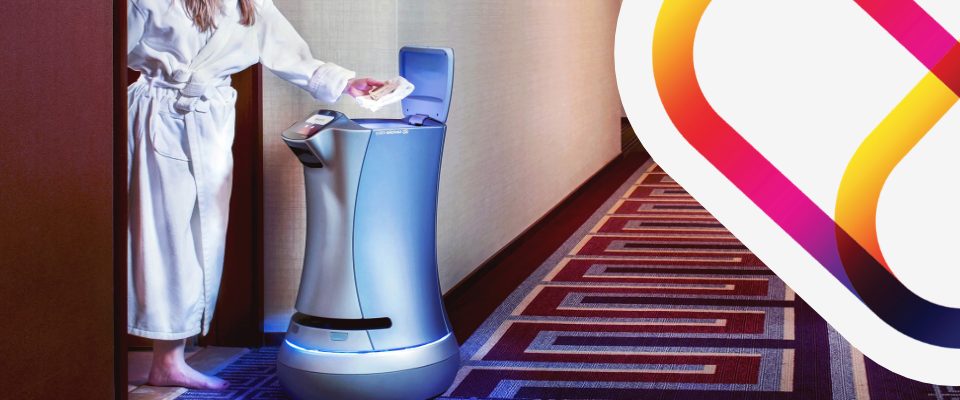
As you will have noted, some of the solutions that we have mentioned are a lot more realistic and practical to implement than others. The most likely government, federal or industry guidance will be to reduce touchpoints wherever possible and to adhere to social distancing.
The key is for you to weigh up the value of each solution in the context of your hotel, your brand, your guests and your team. It is all about team and guest confidence, so the more you can do to raise that through new measures and effective communication, the better your response will be.
We are here as technology enablers to help you navigate the various solutions and help you implement the most appropriate ones for your hotel use case. Technology undoubtably has an important part to play as you look instil confidence in both your team and guests and reopen your hotel in a safe, well thought out way.
If you would like to talk through you options and hear what others have started implementing ahead of the planned reopening of the hotel and hospitality sector, please do not hesitate to call us on +44 203 034 2244 or +1 323 984 8908 or contact us online . One of our experienced hotel technology experts would be happy to help guide you through the most effective options for your hotel operation.
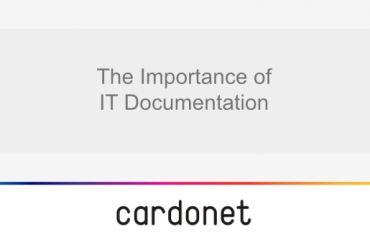
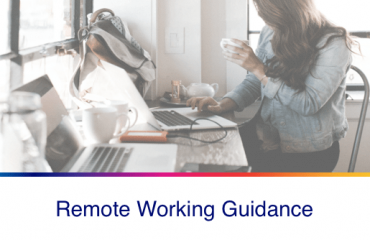
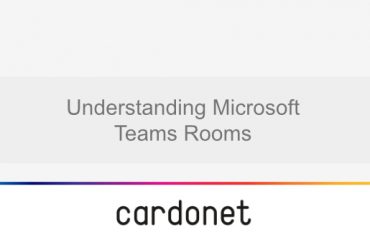
[…] article from Cardonet goes on to list more innovative solutions if you have the financial capability, such as […]